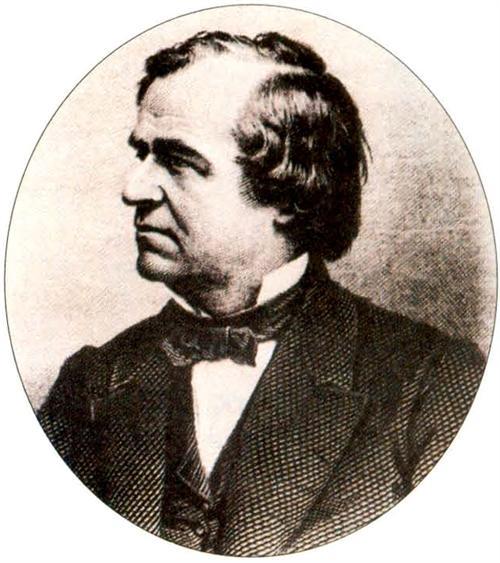Sign up for the Family Tree Newsletter Plus, you’ll receive our 10 Essential Genealogy Research Forms PDF as a special thank you!
Get Your Free Genealogy Forms
"*" indicates required fields
 My Uncle Burt once told me that our family was related to a former president of the United States — Andrew Johnson, the first president to be impeached and tried in the Senate. I later realized my uncle was also a big kidder. His side of my family, after all, didn’t even arrive in America until after Johnson’s ignominious presidency.
My Uncle Burt once told me that our family was related to a former president of the United States — Andrew Johnson, the first president to be impeached and tried in the Senate. I later realized my uncle was also a big kidder. His side of my family, after all, didn’t even arrive in America until after Johnson’s ignominious presidency.
Some 100 million Americans, however, do have genealogical links to one or more US presidents. Associate editor Susan Warner’s article in this issue (page 36) tells how to discover if you have “Hail to the Chief” in your family’s past — just in time for the inauguration of our 43rd president. Pedigree was of course important in the recent presidential election, with George W. Bush seeking to become only the second presidential son to also be elected to the nation’s top office (after John Quincy Adams) and Al Gore being the son of a senator.
My supposed relationship to Andrew Johnson also illustrates the importance of another genealogical theme running through this issue: Check your facts before setting your family tree in stone. (Or on paper, as in published family histories, or in bits and bytes, as in the uploaded GEDCOM files found all over the Internet.)
So, for example, citing your sources is an important aspect of researching and turning your family history into a book, as contributing editor Sharon DeBartolo Carmack explains beginning on page 50. “Uncle Burt told me so” would not be an adequate citation if I were publishing my supposed connection to Andrew Johnson.
And while the Internet can be a genealogy gold mine, some of the family history sources online are as unreliable as my joshing uncle.
In this issue’s cover story (page 24), Rick Crume shares 10 strategies for separating the wheat from the genealogical chaff on the Internet.
If you have African-American ancestors, you face special challenges getting the facts right about your past. In the latest installment of our series on getting started researching ethnic ancestries, Franklin Smith offers a step-by-step approach to tracing your roots into the slavery era (page 56). With February being Black History Month, it’s a perfect time to discover and preserve this painful but important heritage.
Whatever your ancestry, you probably have family stories relating to your treasured heirlooms. On page 42, we team up with the experts from “Antiques Roadshow” to show you how to discover the truth about these objects from the past. If you’ve ever watched this hit PBS TV program — now starting its fifth season — you’ve heard the family stories attached to the antiques people bring for appraisal: “This belonged to my grandmother…” or “My aunt inherited this ring…” Often the heirloom owners are pleasantly, even eye-poppingly surprised by what they learn; sometimes they discover that sentimental value is really the most important thing.
I don’t know much about antiques myself. But I do know that if Uncle Burt had passed along any “family heirlooms,” I wouldn’t be rushing to stand in line to have them appraised on “Antiques Roadshow.”
From the February 2001 issue of Family Tree Magazine
ADVERTISEMENT

